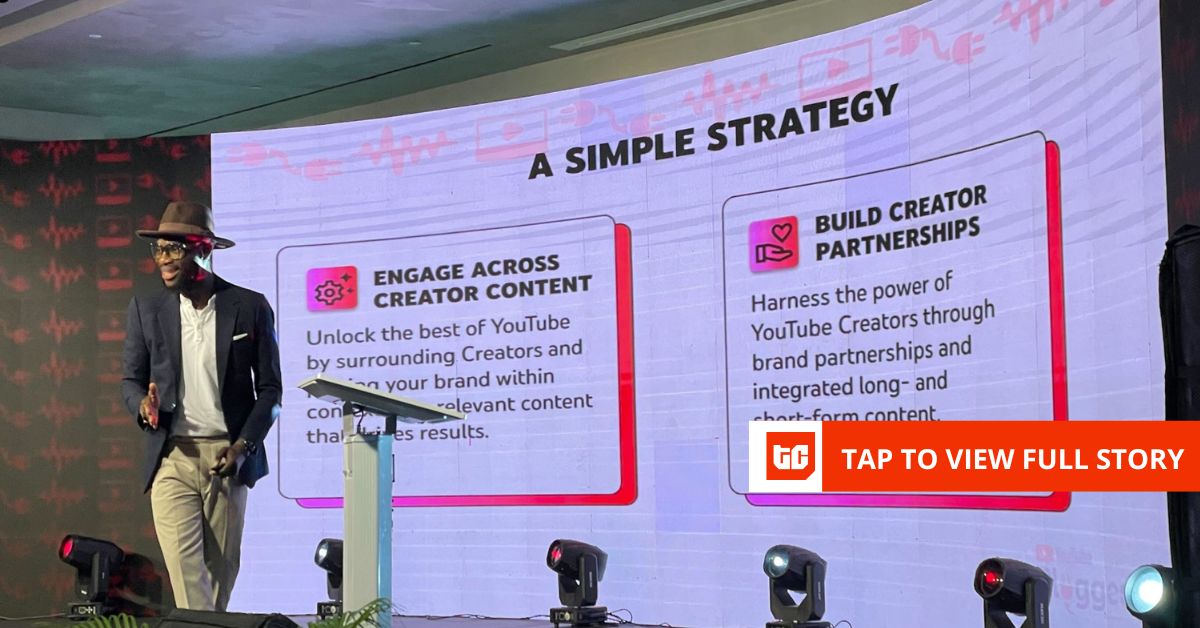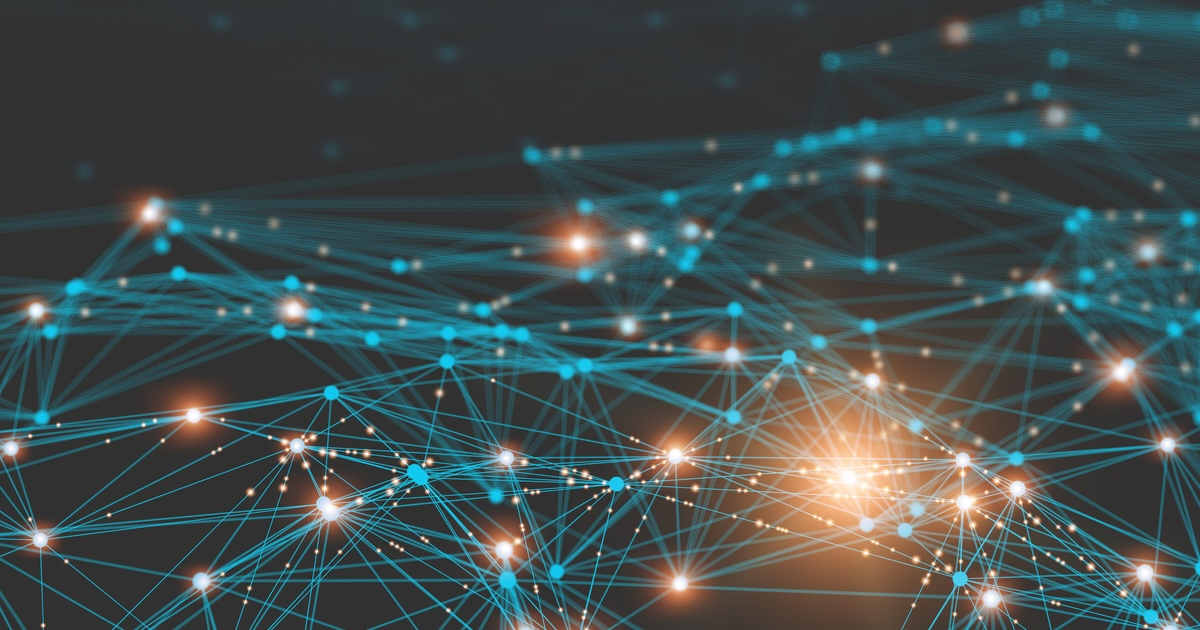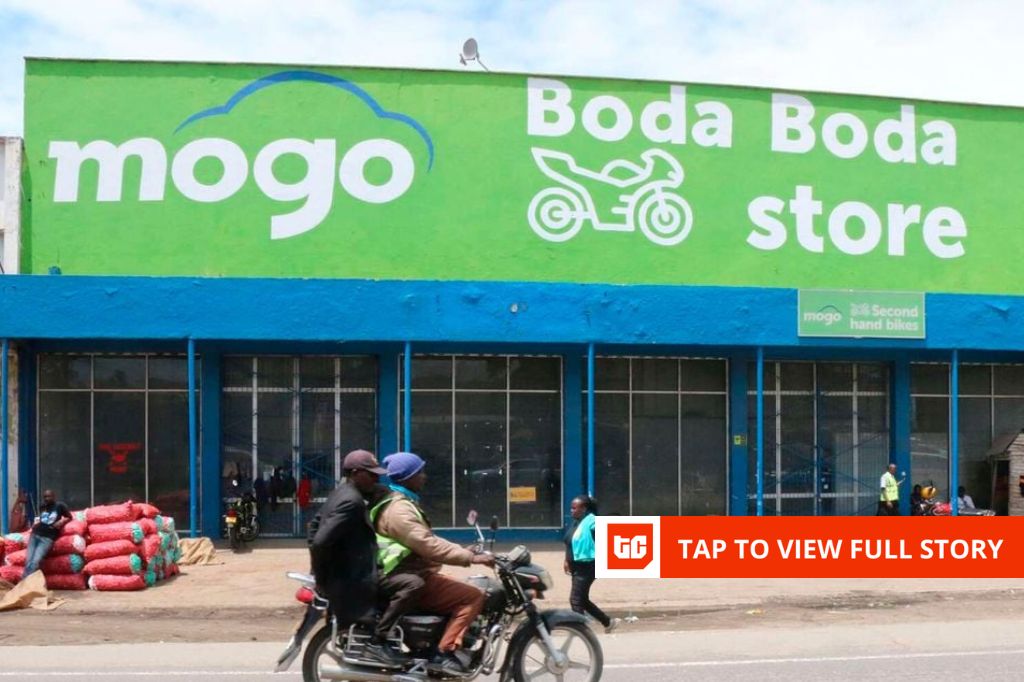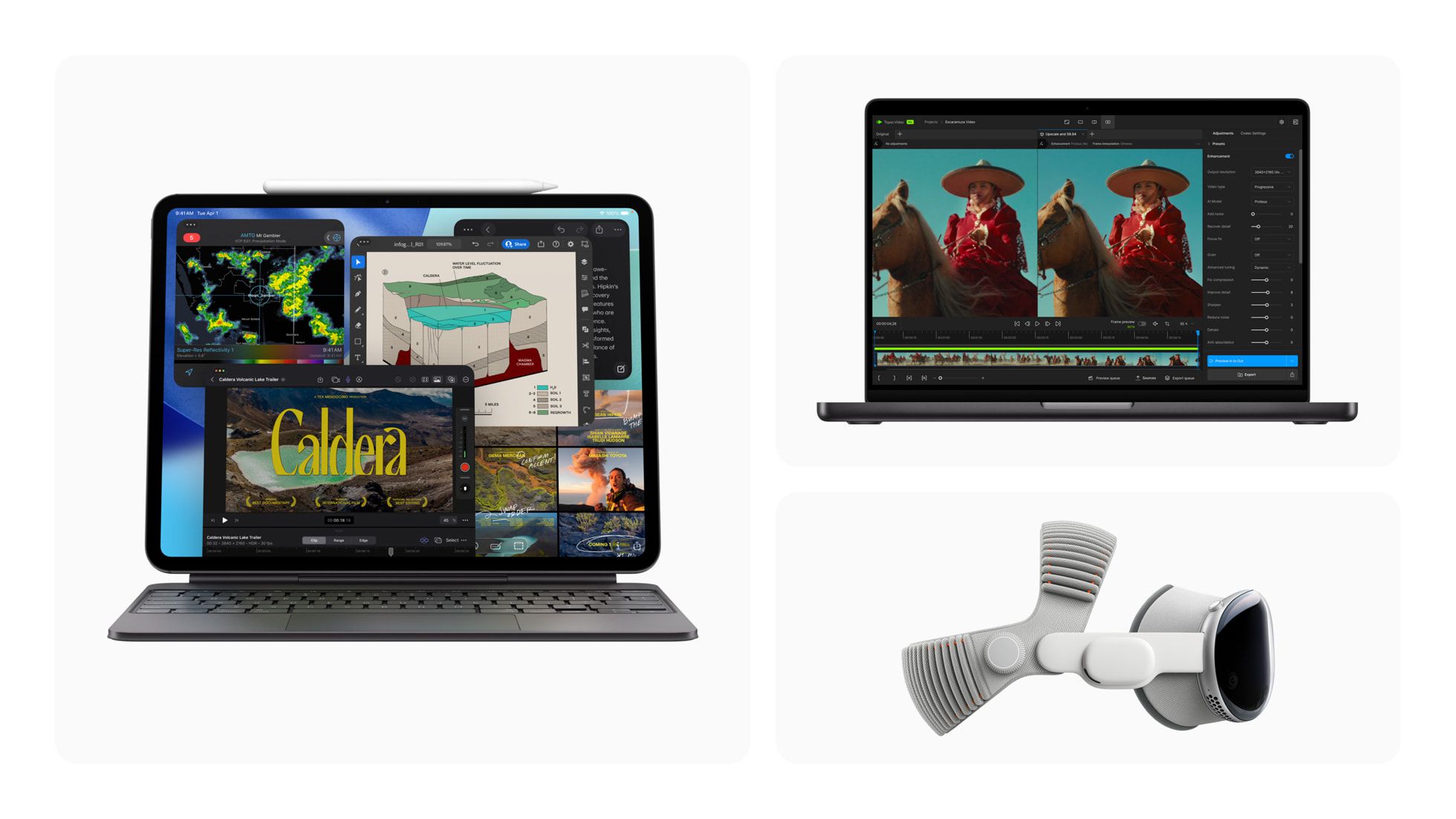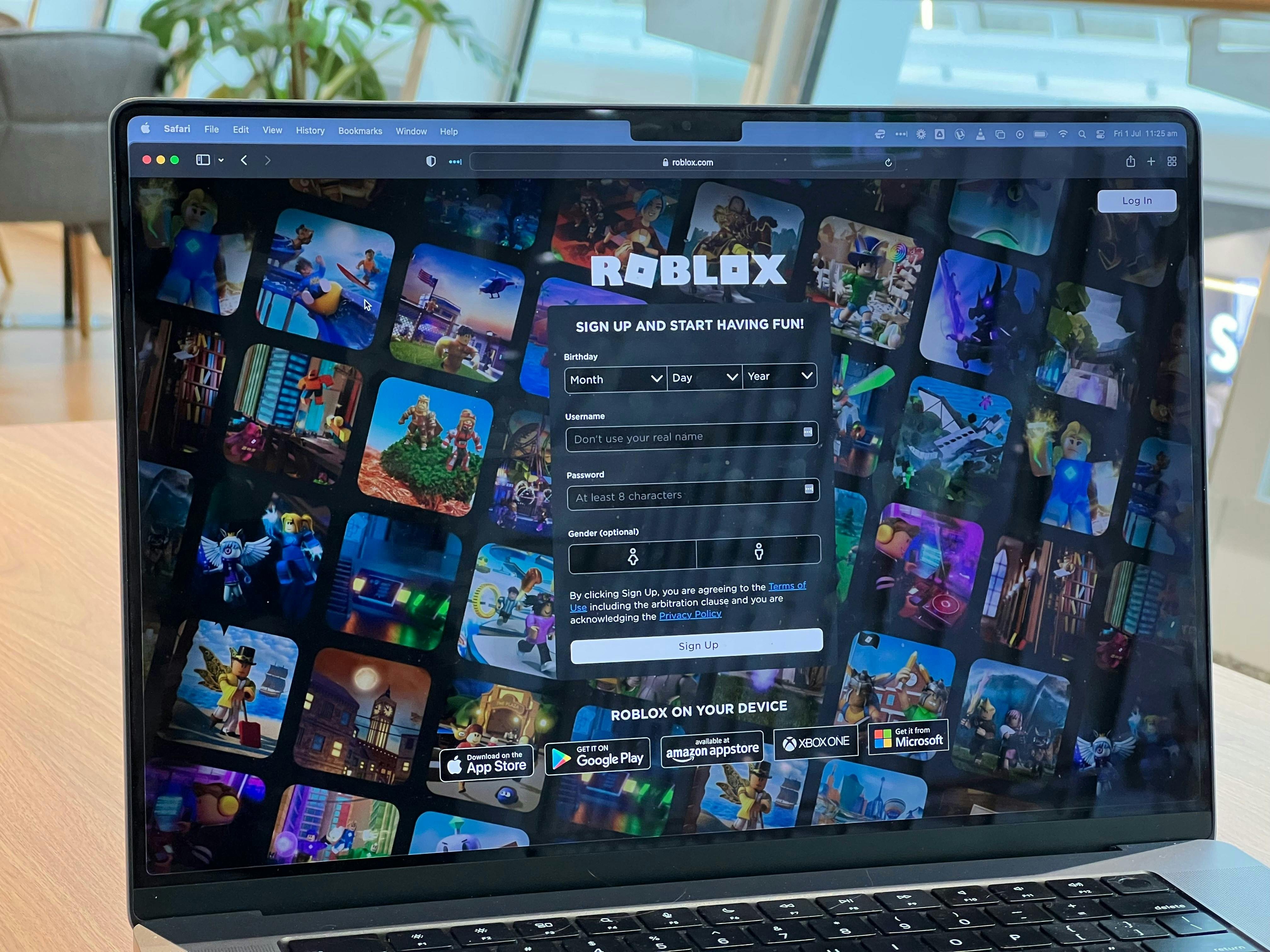Numbers are the heartbeat of every creator’s career. Views, likes, and subscribers don’t just show popularity, but also reveal value. In the same way loyal customers are to a business, those numbers keep creators alive.
Since the rise of TikTok’s For You Page, several changes have been made on social media. Feeds are curated for every user by a data-driven algorithm, delivering recommendations and higher virality potential for each content.
Now, Google wants to help make those numbers count for more.
The tech giant has rolled out three AI-powered tools — Video Reach Campaign (VRC), Video View Campaign (VVC), and Demand Gen — designed to help brands and creators get better results from their videos on YouTube. On paper, it’s another tech update. But in practice, it could reshape how African creators and brands work together.
The gap between views and value
Imagine a YouTuber somewhere in Lagos who just landed her first big brand deal. A crypto startup wants her to promote its new debit card. She makes the video, posts it, and the numbers start climbing. Views: great. Engagement: decent. But when the campaign ends, the brand looks at the analytics and frowns. Few clicks. Fewer conversions.
That’s the problem Google says it wants to fix.
At YouTube PluggedIn, a creator and brand event held in Lagos on October 9, 2025, Damilola Abodunrin, an Industry Manager at Google, explained to how the new AI tools work:
“Video Reach Campaign (VRC), Video View Campaign (VVC), and Demand Gen are AI solutions designed to help advertisers maximise their budgets and get better returns,” she said. “They do what humans can’t: manage multiple assets, campaigns, and touchpoints, because the touchpoints are growing every day.”
In short, the AI looks at where people are watching, what they respond to, and which ad format delivers the most bang for the buck. Then it adjusts everything in real time.
Algorithms as collaborators
A few years ago, YouTube ads were mostly manual. Marketers had to guess which keywords to target or which demographics to chase. But AI has changed that completely.
Now, Google’s system tests different versions of an ad, studies how people respond, and figures out which works best, all while the campaign is still running. It’s like having a data analyst, media buyer, and strategist rolled into one, working around the clock.
For creators, that means their videos, especially brand collaborations, are more likely to be shown to the right audiences. For brands, it means fewer wasted ad dollars and higher chances of converting viewers into customers.
The new formula of influence
The timing of these tools couldn’t be better. Across Africa, the creator economy is booming, but unevenly. Thousands of people are building careers on YouTube, from cooking channels in Lagos to tech explainers in Nairobi, yet many struggle to monetise at the same level as creators elsewhere.
Part of the reason is performance. Brands want proof that influencer campaigns work. Creators want to be valued for the audiences they’ve built. Google’s AI tools are trying to bridge that trust gap.
Olumide Balogun, Google’s Director for West Africa, pointed to the 2023 IAB Creator Economy Study, which found that ads placed alongside creator content enjoy 1.2 times higher reach and consideration and 1.4 times higher loyalty than traditional ads.
Making local creators visible
For many African creators, visibility is the biggest hurdle. The internet might be global, but reach isn’t always equal. Videos made in English or about Western trends often get more traction than those in local languages or rooted in African culture.
AI might start to change that.
Because the new tools rely less on generic demographic data and more on user intent and behaviour, they can identify new audiences who might connect with a creator’s content — even across borders. A Ghanaian lifestyle vlogger could reach audiences in the Caribbean who share similar cultural tastes. A Kenyan comedian might find fans in the UK diaspora.
“Ify Mogekwu,” the popular food creator behind Ify’s Kitchen, said after the PluggedIn event, “Now, we can actually compete with our contemporaries in more advanced countries because we have the tools to work with. I think the impact will be good overall.”
For creators like her, these tools could break barriers of visibility and access, and not just about better ad performance.

